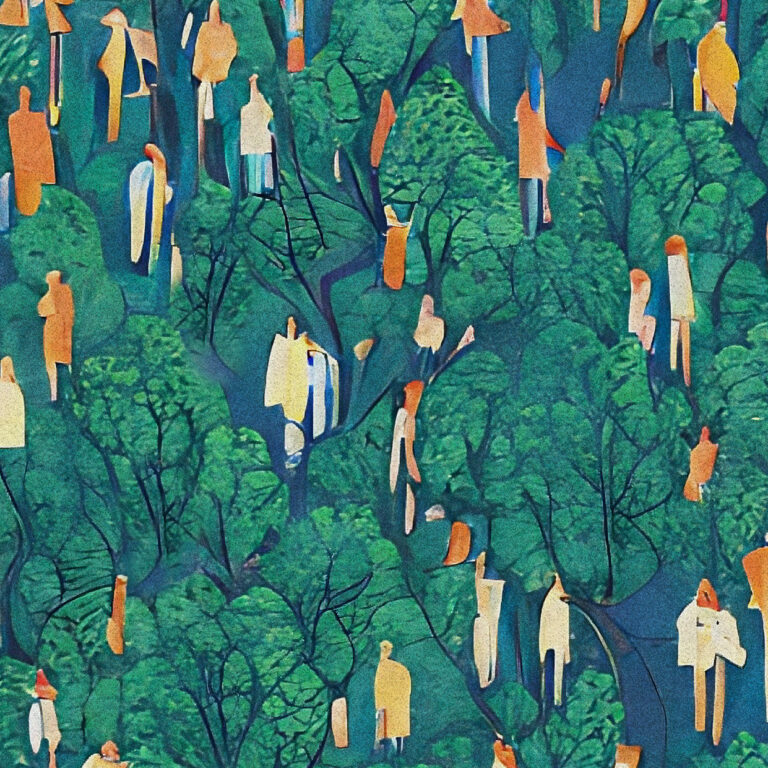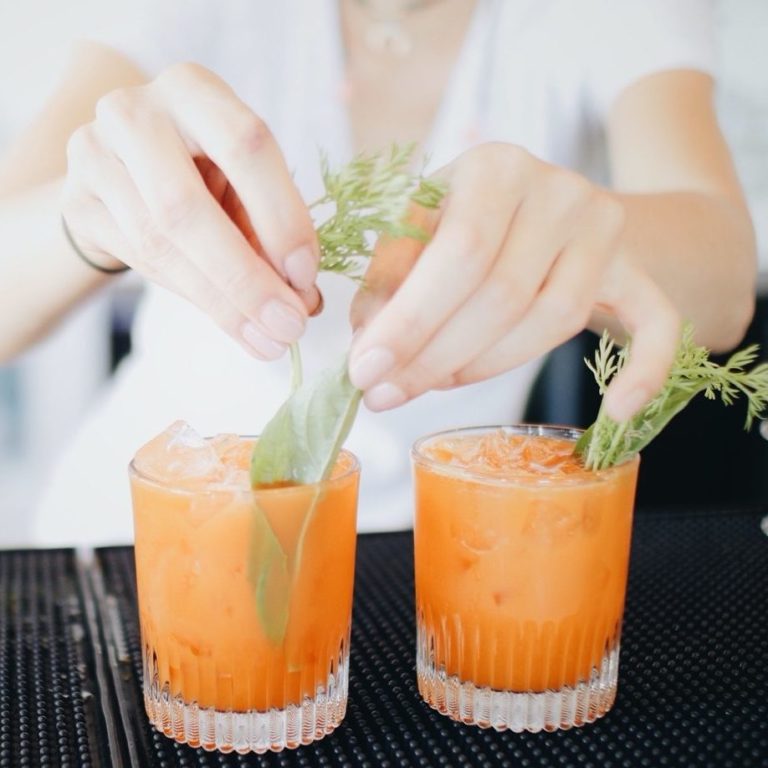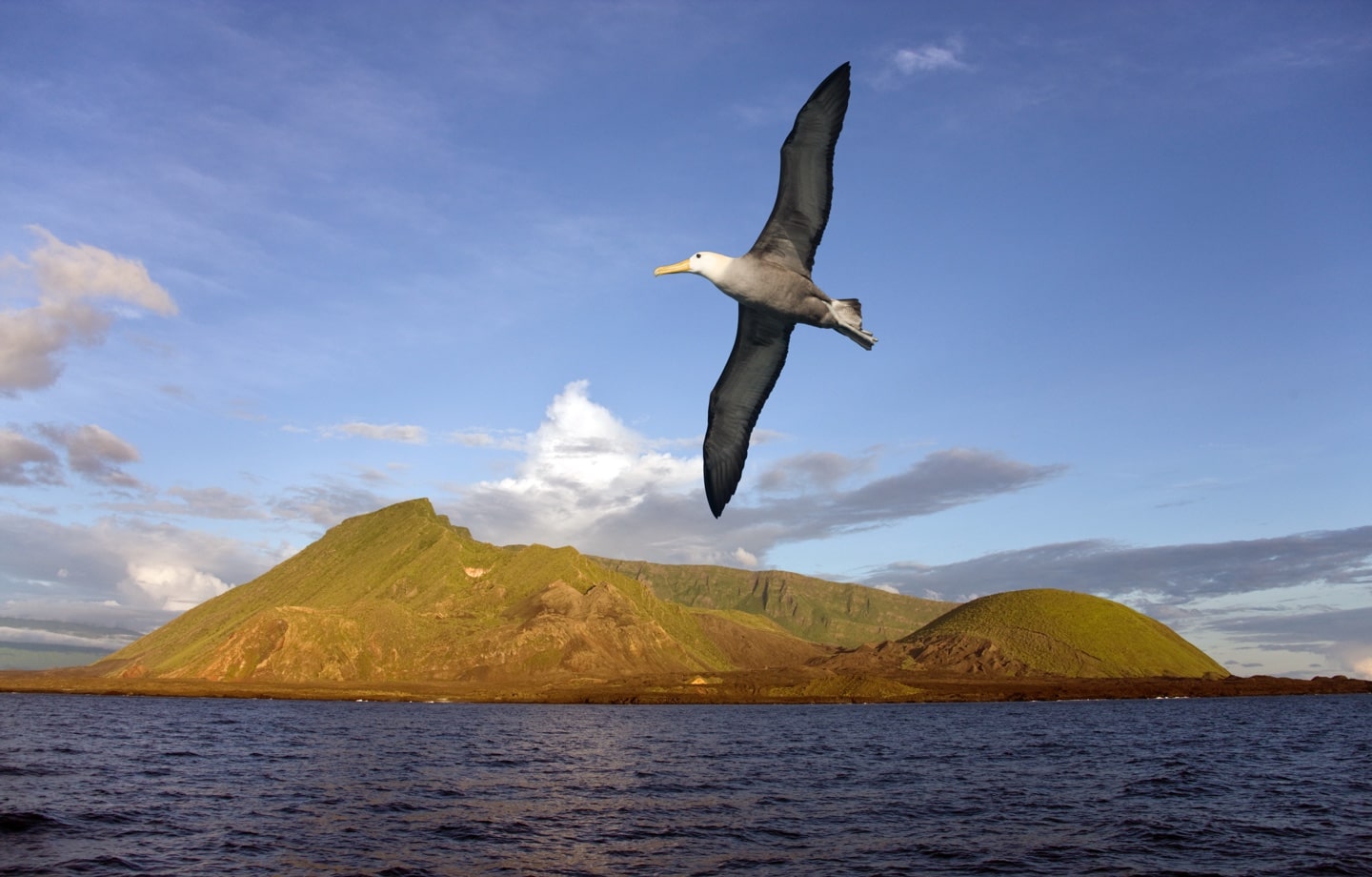Sustainability
From Ridge to Reef: Rewilding the Galápagos
Threatened and destroyed by human activity, Re:wild is preserving and restoring the abundant marine and land biodiversity on the Galápagos Islands.
This is the second article in our Earth Month series offering an in-depth look at our 1% For the Planet partner, Re:wild, and the wildlife and wildlands they’re restoring Read our first article: How a Salamander Ignited a Search For Lost Species.
How do you rewild? First, you need people. And a good map. An initiative to rewild the Galápagos Islands from ridge to reef, co-led by the Galapagos National Park and Re:wild, plus a suite of local implementing partners, offers a roadmap for the protection and the restoration of essential wildlands and wildlife all over the globe. At the same time, the initiative supports local communities, placing people, and the actions we can take to rewild the world together, at the heart of solutions to the environmental crises of climate change, biodiversity loss, and threats to human health.
In the case of the Galápagos Islands, a vast archipelago in the eastern Pacific Ocean, ‘ridge to reef’ means taking a holistic approach to the conservation of land and sea and understanding that marine ecosystems and land ecosystems do not exist independently of one another — they’re all interconnected.
The Galápagos Islands are home to more than 2,900 species of marine animals, the world’s largest shark population, and the globe’s only marine iguana, along with dozens of species you won’t find anywhere else in the world — like the Galápagos penguin and lava lizards.
A trip to Floreana Island, one of only five inhabited islands among the Galápagos, will reveal dozens of these unique species, like blue-footed boobies, hammerhead sharks, and Galápagos petrels. But Floreana Island is facing major environmental challenges.
Over time, invasive predators like feral cats and rats, introduced to the island by humans, have caused dozens of animal species — like the Floreana Giant Tortoise and the Floreana Mockingbird — to become locally extinct. There are another 54 species currently threatened with extinction still on Floreana. Plants like an invasive blackberry have spread across the island, pushing out native flora and making it more difficult for the birds to forage for insects and other small prey.
It’s because of these challenges that Re:wild — Avocado’s 1% for the Planet partner — is focusing its efforts on revitalizing the protected national park and UNESCO World Heritage Site. Re:wild’s mission is to preserve and restore our Earth’s diverse ecosystems. And on Floreana Island, the organization is working in collaboration with Galápagos National Park Directorate, Jocotoco Foundation, Island Conservation, the Durrell Wildlife Conservation Trust, the Floreana Parish Council, and locals in the community to address key barriers to revitalization like removing invasive species. One of their shared goals is to reintroduce 13 species of wildlife that have been extirpated, including the Floreana Mockingbird and the Floreana Giant Tortoise, and rehabilitate the island to the abundant savanna-like wildland it once was.
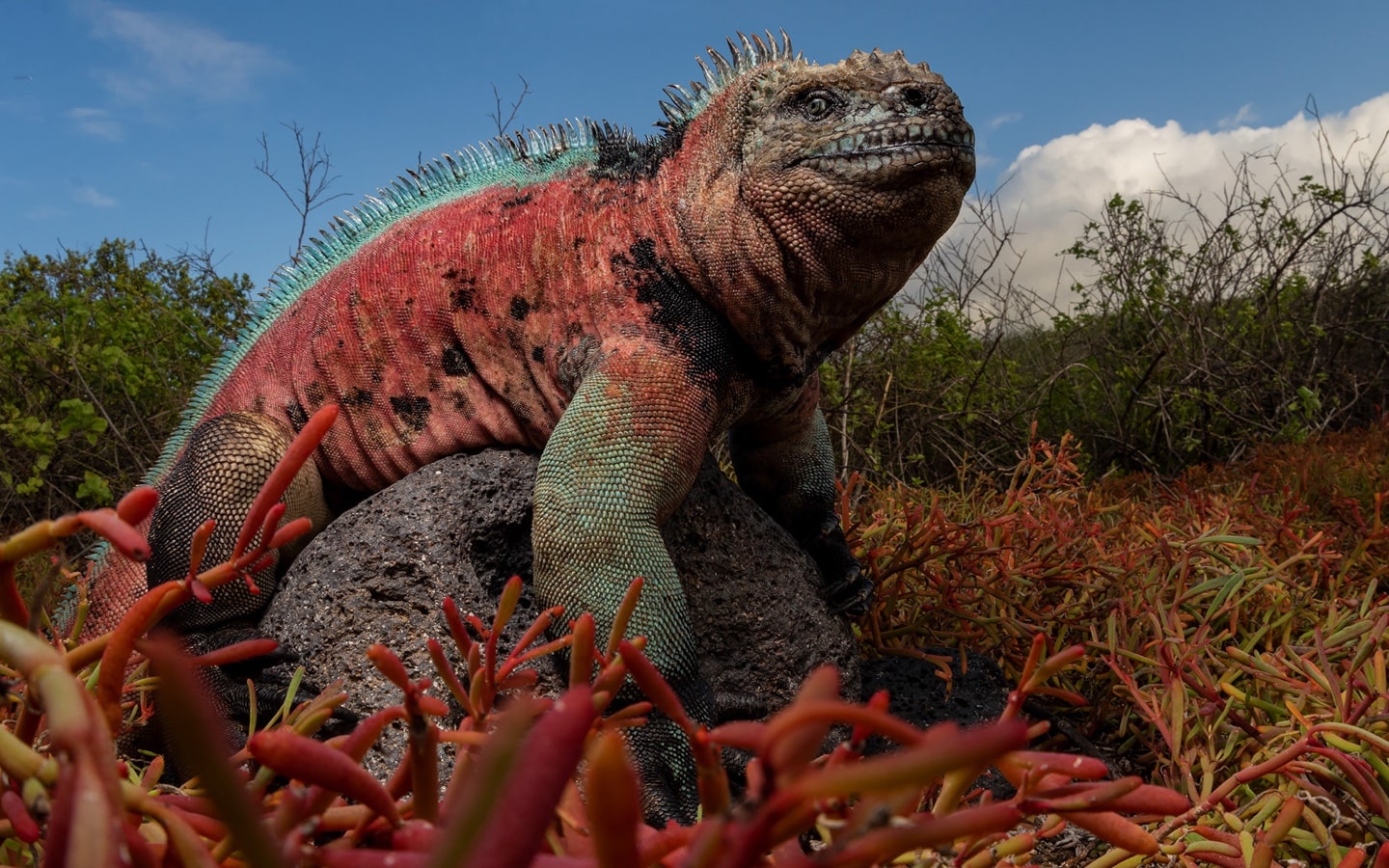
Read more: What is 1% For the Planet?
“The Galápagos Islands are inspirational,” says Karl Campbell, Re:wild’s Latin America Islands Director. “It was the first World Heritage Site to be listed, and we want to strengthen it as a model for what can be done with conservation elsewhere.”
The idea of rewilding combines conservation efforts that involve both people and landscapes. At its core, it’s about repairing the planet’s essential ecosystems that have been damaged, then protecting those critical areas of biodiversity so they can thrive naturally on their own.
“Historically, conservation has often ignored people. If you do that, you’re unable to think about holistic solutions,” says Campbell. “Rewilding is a positive reframing that removes barriers and re-establishes vibrant wildlife populations. It’s a way of thinking that acknowledges that people are present in the system and works to establish high-level functionality.”
On Floreana Island, a place that has more endangered species per mile and more locally extinct animal populations than any other Galápagos Island, Island Conservation, a close Re:wild partner, started their efforts with the local community. Their team engaged in conflict transformation workshops for local communities and planned expeditions to showcase indigenous species, which many of them had never seen before. The conflict transformation process and one-on-one conversations within that process have also been key in gaining a shared understanding of why feral cats and rodents are a threat, and why certain practices are harmful to endemic wildlife.
For example, islanders used to kill the hawks and owls in the area to keep their chickens — which they rely on for food — from being hunted by these predators. Now, thanks to the efforts of Re:wild’s partners, locals line their coops with mesh so their chickens can roam without being picked off and species like the Galápagos Hawk can be reintroduced to the island.
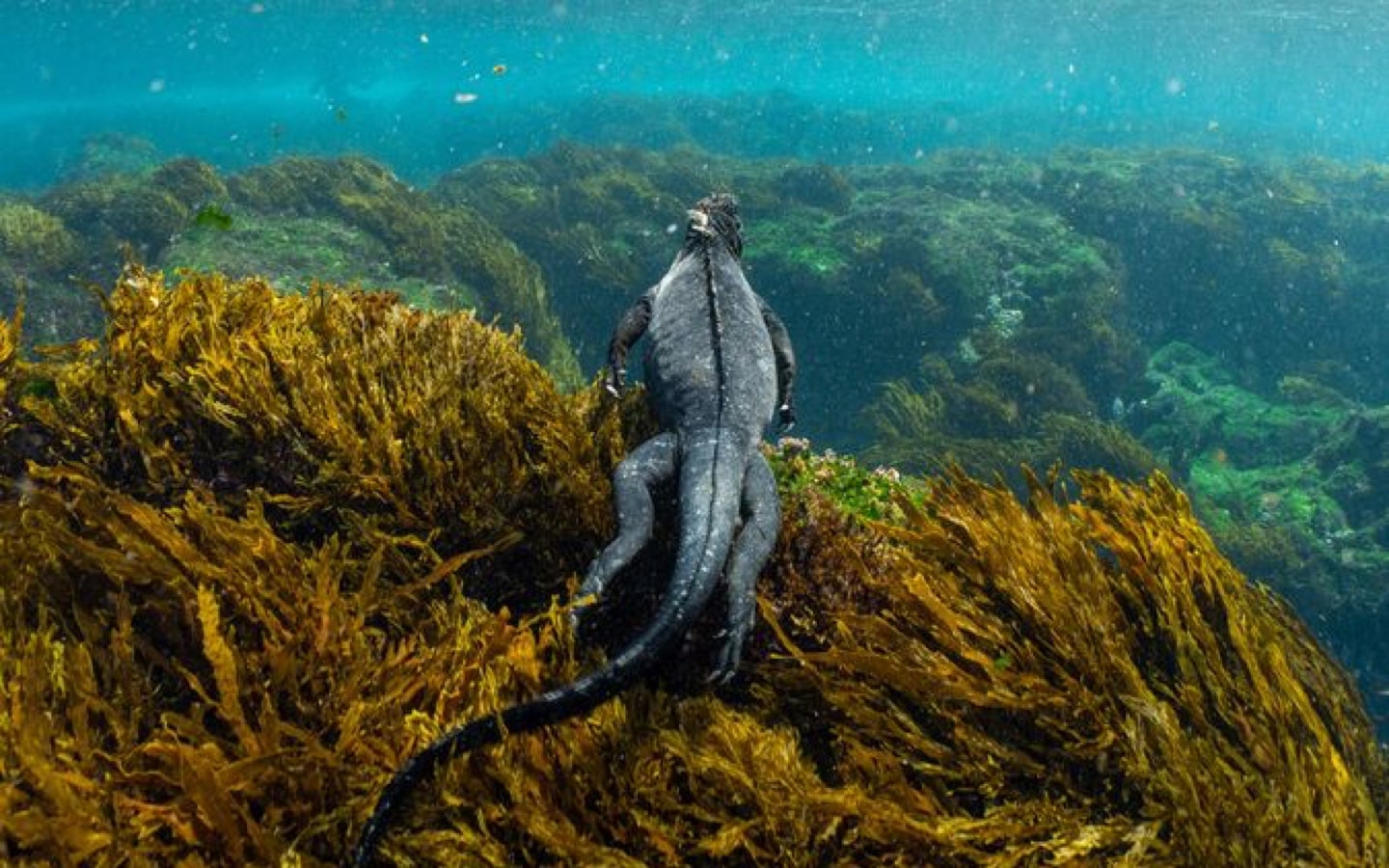
Read more: The 2021 Climate Change Wins Keeping Us Optimistic
“Community-led agriculture is key to rewilding. The community members are the ones who will ultimately benefit from the restoration, so our solutions need to be co-designed with them to fully establish ownership,” says Campbell.
Paula Castaño, a wildlife veterinarian and island restoration specialist with Island Conservation, also hopes that adding native species back to the island will increase tourism dollars, which are vital for the local economy. Reintroducing Floreana Tortoises, especially, is an exciting opportunity for conservationists. The tortoises are known to be ecosystem engineers because they graze and bull-doze vegetation, which has the potential to return the island to a more savanna-like ecosystem. Their presence would restore native plants, spread their seeds, and keep other animals healthy, too.
“Time is running out for so many species, especially on islands where their small populations are vulnerable and threatened. Galápagos’s Pink Iguanas, Floreana Mockingbirds, and other wildlife may soon be lost forever without action,” says Castaño. “We need catalytic investments like those from Re:wild to replicate our successes in the Galápagos and elsewhere.”
Rewilding supports the fight against climate change, too. Research shows that efforts to promote biodiversity among Earth’s natural land and marine ecosystems can remove carbon dioxide from the atmosphere.
What can you do? You can, of course, donate to Re:wild and the Floreana Island project. You can sign up to volunteer with local organizations, too. But Campbell also says it’s important to focus on rewilding at home, in your own backyard, and in your local area: “Start to work holistically on things right where you are.”

Read more: Why You Should Care About Slowing Ocean Currents
Have feedback on our story? Email [email protected] to let us know what you think!

Shop Pillows
The Essential Organic Pillow Collection
Gentle, breathable, non-toxic support.

